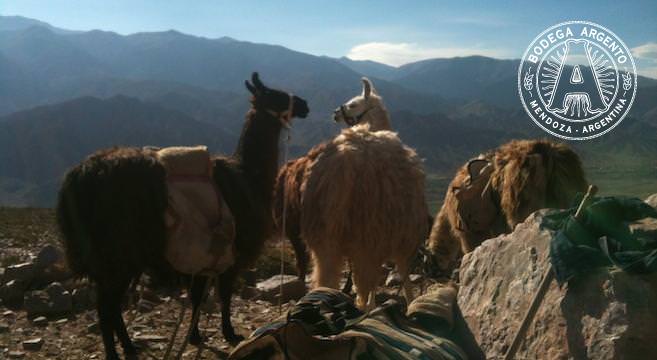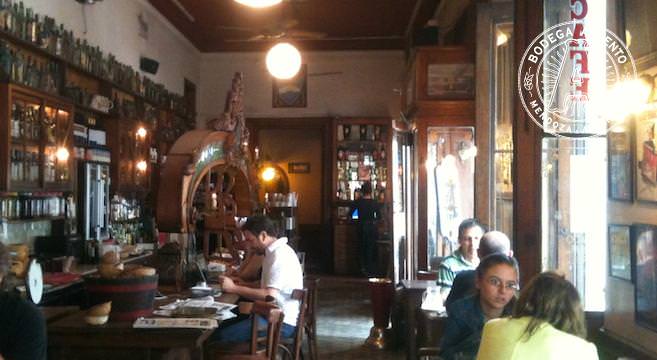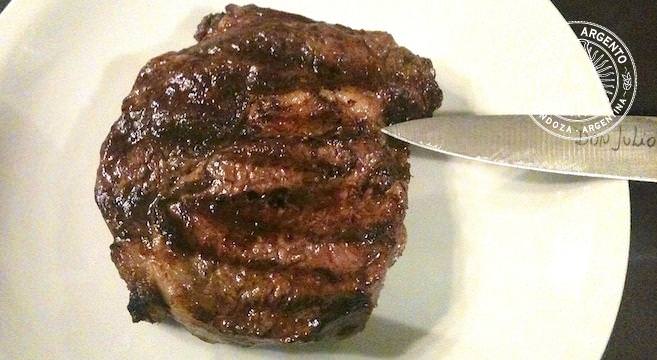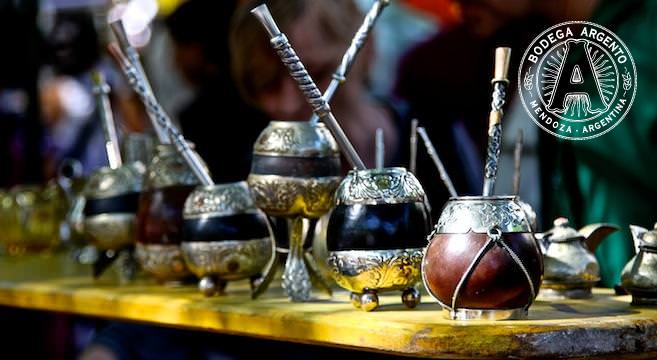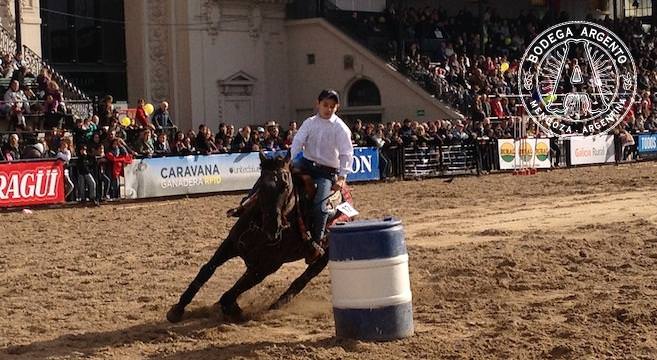Author: Sorrel Moseley-Williams
A freelance journalist and sommelier, Brit transplant Sorrel Moseley-Williams lived in Argentina in 1998 for a year before making a permanent move in 2006. She has contributed to CNN Travel, Condé Nast Traveler and Traveller, The Guardian, Saveur, The Independent, Departures, Wallpaper*, Fodor’s and Rough Guide books among others, and has written for La Nación, U-Like It and Forbes Argentina in Spanish.
A freelance journalist and sommelier, Brit transplant Sorrel Moseley-Williams lived in Argentina in 1998 for a year before making a permanent move in 2006. She has contributed to CNN Travel, Condé Nast Traveler and Traveller, The Guardian, Saveur, The Independent, Departures, Wallpaper*, Fodor’s and Rough Guide books among others, and has written for La Nación, U-Like It and Forbes Argentina in Spanish.
Argentina’s ‘It’ couple from his presidential election in 1946 until her death in 1952, Juan Domingo Perón (not usually known as JD) and María Eva Duarte (always known as Evita) shook up the country’s politics via the Partido Justicialista (PJ) party they founded, scandalised and angered the upper class, wriggled their way into the hearts of millions living below the poverty line with populist policies and added a thorough dose of socialist glamour as they led Argentina.
When it comes to visiting Jujuy, think altitude rather than attitude. The provinces of Salta and Jujuy are usually lumped together to form northwest Argentina, but the two are as similar as chalk and cheese. While Salta is rich in colonial architecture and wine terroir, the common denominator between the two is stunning landscapes – Jujuy’s colourful, cardon cactus-lined canyon, the Quebrada de Humahuaca, is on the UNESCO world heritage list. Jujuy has the added bonus of a strong indigenous culture dotted with pagan rituals and is a world, if not a galaxy, away from Buenos Aires.
Visitors to Buenos Aires will immediately discover that café culture is an integral part of Argentine society, and while some porteños happily receive their daily caffeine injection from big-name chains, others will only settle for a coffee and dose of tradition from a bar notable. In Buenos Aires around 70 old-school cafés – living and breathing museums dressed up as eating and drinking establishments – fall under a government protection order, keeping them safe from the evil clutches of global enterprises.
Vendimia or “grape harvest” holds huge importance in all 18 corners of the province, bringing together mendocinos from Malargüe in the south to Rivadavia in the east and Luján de Cuyo in the west. Named one of the top 10 harvest celebrations in the world by National Geographic, the main aim is to give thanks to the patron saint of grape harvests, the Virgen de la Carrodilla.
It’s a well-known fact that some die-hard vegetarians have returned to the dark side after scenting the meaty whiff of a perfectly seared Argentine steak. Caught between righteous beliefs and the urge to just, try, a, little sliver of lomo (because you’re only in Argentina once, right?), many have fallen at the first hurdle when faced with a parrilla. But for those beef eaters who have no such qualms, how do you choose from the hundreds of steakhouses in Buenos Aires? Here’s our indispensable guide to steaks in the city.
Given that Latin America recently hosted its own regional version of 50 Best restaurants, the spotlight has fallen on the continent’s finest restaurants and the culinary whizzes behind them. While Peru, land of ceviche, Nikkei fusion and Pisco took several top spots including the coveted number-one ranking with Astrid & Gastón, Argentina also fared well with more eating establishments ranking in the LatAm top 50 than any other country. While some Argentine restaurants (and their chefs) are already household names or top guidebook attractions, we take a look at some of the high-ranking yet lower-profile establishments in Buenos Aires.
Way back when, in 1998, a student on my year abroad in Argentina, I went round to a friend’s house. She cooked, we might have smoked a cigarette, and then she offered me some green leaves, served up in a cup. Hoping it was some new kind of illegal substance I could boast about back home, it made me a little dizzy although I wasn’t hooked from the first sip. And as she patiently explained the origins of this drink to me, I suddenly realised that yerba mate wasn’t some illicit herbal secret, and that all the Argentines were at it…
The closest that many porteños get to the Argentine countryside is sliding a serrated knife through a piece of steak, or perhaps sporting a pair of tapered bombacha trousers for a weekend stroll in the Palermo Woods. Personally, I get my fill by following the daily statistics on livestock sales and tweeting them as #cownews. But, for two weeks out of every 52, we townies have the chance to get up close and personal with the campo – and fortunately without putting a pedicured foot outside of Palermo. Ladies and gentlemen, presenting the 127th annual Rural Exhibition.
In Mendoza, the grape harvest can start any time from the end of January and continue until mid-May, depending upon the varietal and wine a bodega intends to make. Many wineries used to be located in the city of Mendoza, but over the years they have dispersed in a bid to find new terroir, a move that has seen many wind their way south. I’ve travelled to the province three times since February and have compiled this collage of 2013’s harvest across some of the different vineyard areas of Mendoza.
Visitors to Mendoza — city and province — tend to have their eye on one pressing matter, and one pressing matter only: fermented grape juice. The reputation of Argentina’s greatest wine-producing province precedes it, however: it’s not just Malbec and its sibling varietals that are hogging the spotlight. A host of restaurants in Mendoza are making waves with their gastronomical and enological offerings, from steak flame-grilled seven ways to closed-door establishments and Asian fusion cuisine…



